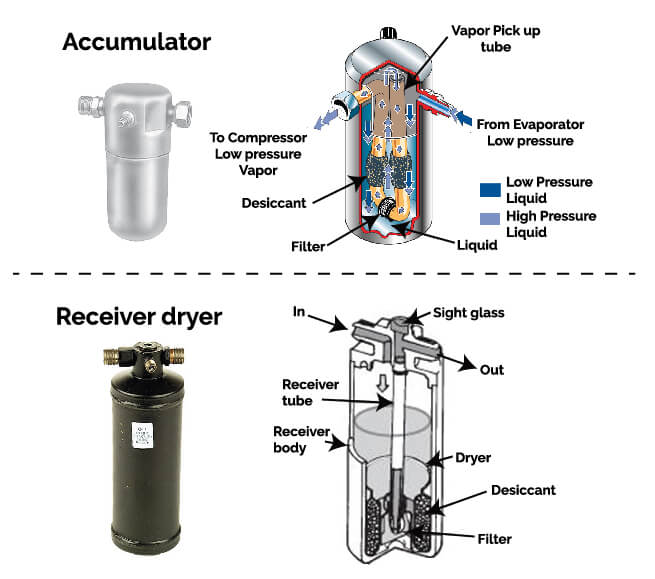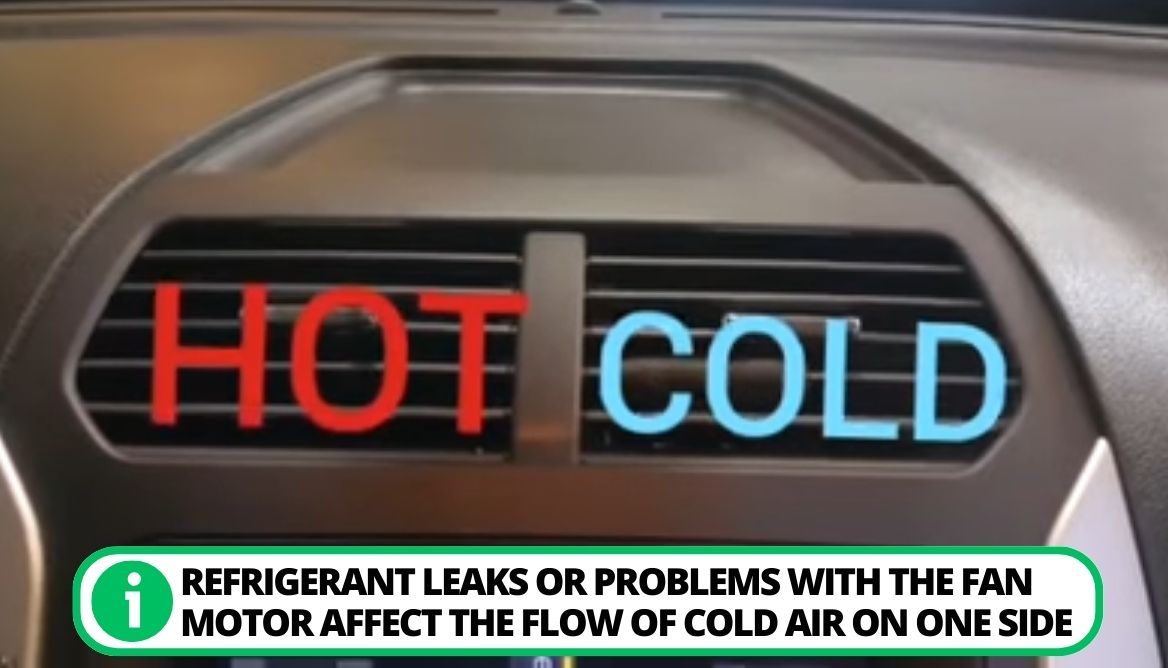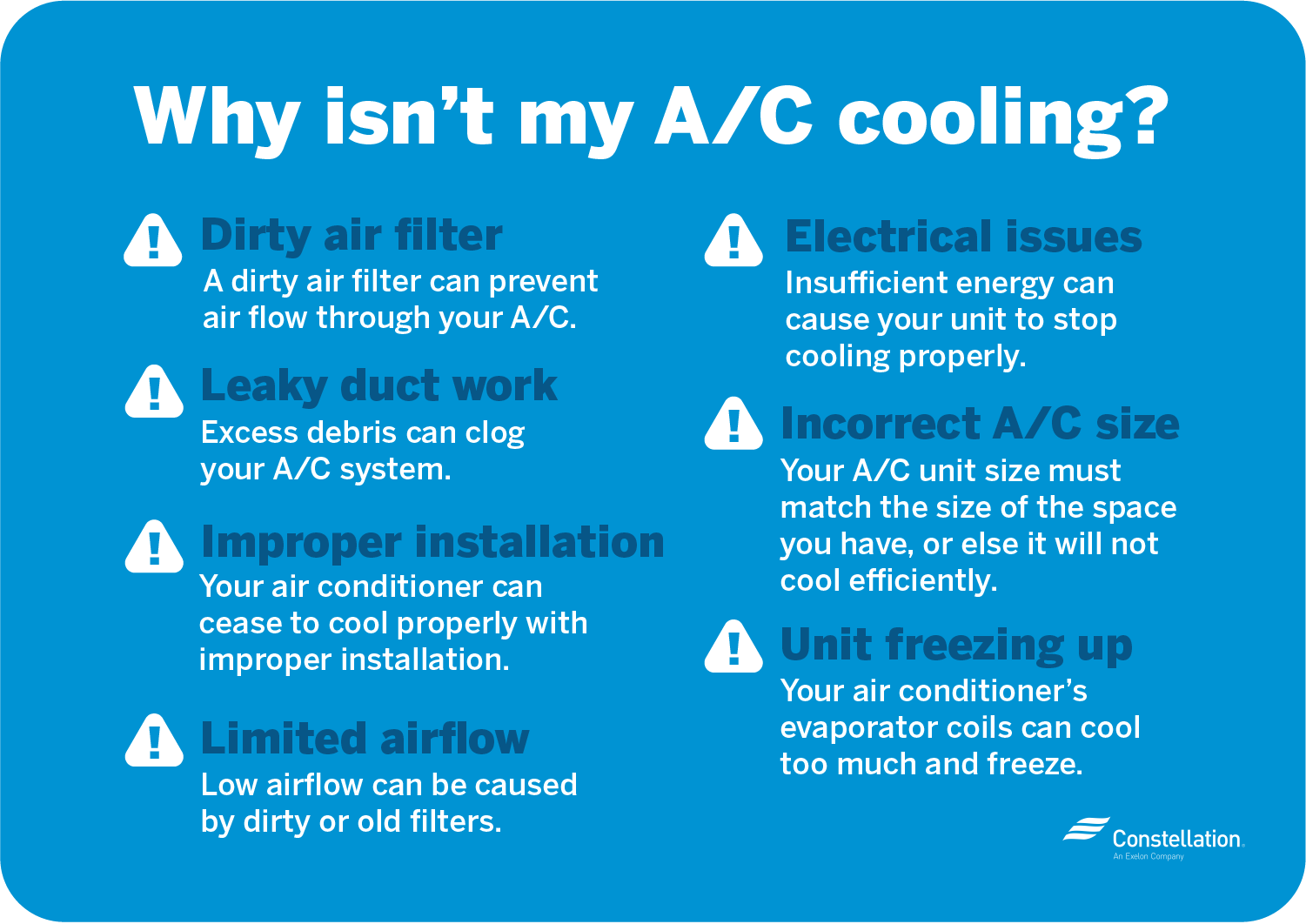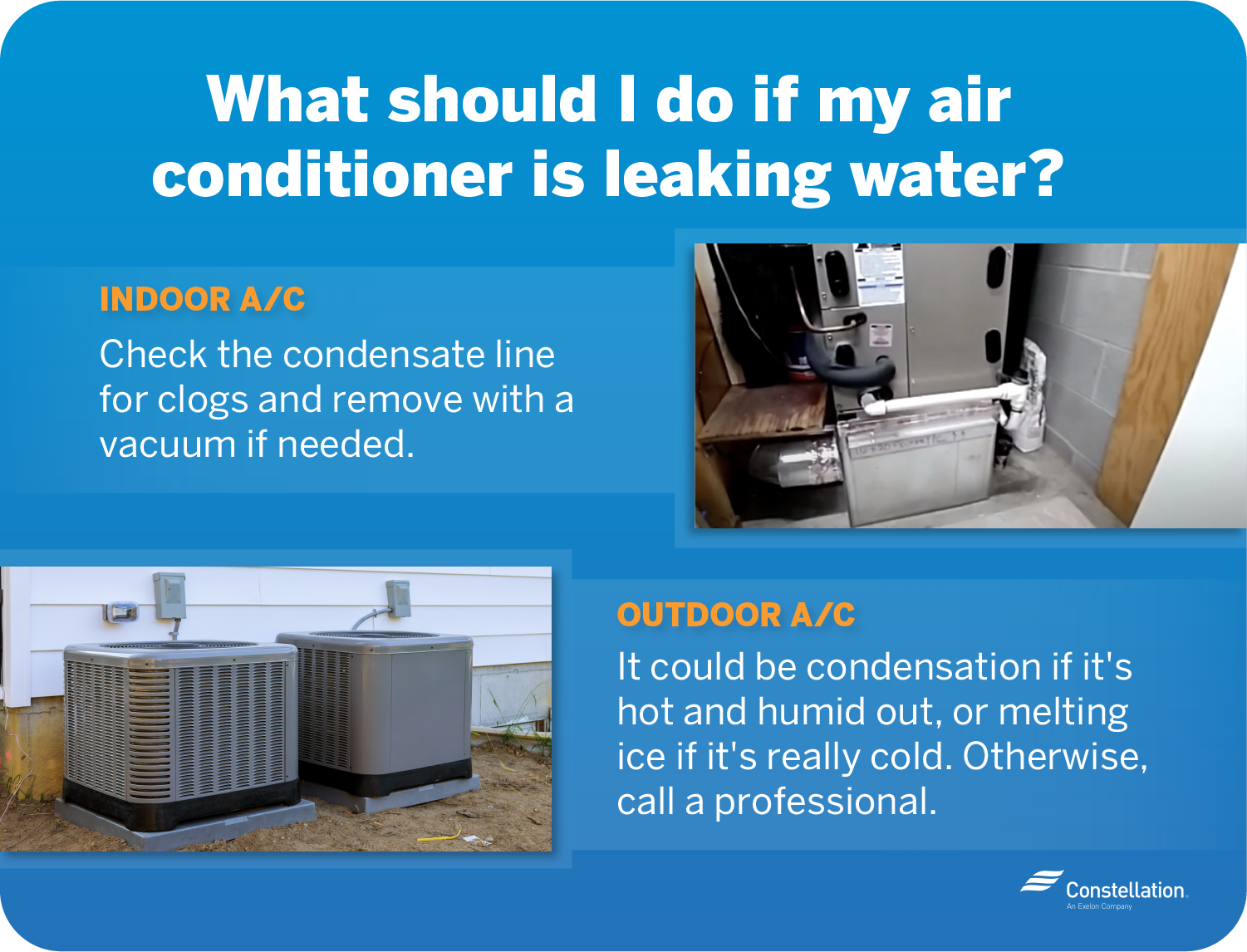Ac Is Charged But Not Cold

Imagine stepping into your car on a scorching summer day, the heat radiating off the dashboard. You eagerly crank up the AC, anticipating that sweet, cool relief. But instead of a refreshing blast of icy air, you're met with... well, just slightly less hot air. It's the automotive equivalent of ordering an ice cream cone and getting a lukewarm pudding.
This scenario, frustratingly common for many car owners, highlights a perplexing problem: Your AC is charged, supposedly full of refrigerant, but it's just not blowing cold. This article dives deep into the potential causes of this automotive air conditioning enigma, offering practical insights and solutions to help you restore that cool, comfortable ride.
Understanding the Basics of Automotive AC Systems
Before tackling the issue, let's quickly review how your car's air conditioning system is designed to work. The core components include the compressor, condenser, evaporator, and expansion valve, all working in harmony to circulate refrigerant.
The refrigerant, under pressure, absorbs heat from inside the cabin and releases it outside. When things go wrong, even with a full charge of refrigerant, the whole process can grind to a halt.
Common Culprits Behind Warm Air
So, your AC is charged but not cold? Where do you start looking for the problem? The causes can be multifaceted, ranging from minor inconveniences to more complex mechanical issues.
One of the most frequent offenders is a malfunctioning compressor. The compressor is the heart of the AC system, responsible for circulating the refrigerant. If the compressor clutch isn't engaging, it won't compress the refrigerant, and you'll be stuck with warm air. A qualified mechanic can test the compressor clutch to determine if it is functioning correctly.
Another common suspect is a clogged condenser. The condenser, typically located in front of the radiator, dissipates heat from the refrigerant. If it's blocked by debris like leaves, bugs, or road grime, it can't effectively release heat, resulting in reduced cooling performance. A simple cleaning can often make a significant difference.
The expansion valve plays a critical role in regulating the flow of refrigerant into the evaporator. If it's stuck or malfunctioning, it can restrict refrigerant flow, leading to inadequate cooling. A faulty expansion valve often requires replacement.
Finally, don't overlook the importance of proper airflow through the cabin. A blocked cabin air filter can severely restrict airflow, making it feel like the AC isn't working as well as it should.
The Role of Refrigerant and Leaks
While this article focuses on a charged AC system that's not cooling, it's essential to acknowledge the potential for subtle refrigerant leaks. Even a small leak can gradually reduce the system's performance.
Over time, refrigerant levels may drop below the optimal threshold, even if the system isn't technically "empty." This can lead to diminished cooling capacity. To find leak, you will need to check with UV dye, or a electronic leak detector.
Moreover, it's important to note that using leak sealants may cause more harm than good. According to the Environmental Protection Agency (EPA), using sealants can contaminate the recovery equipment used by technicians, potentially leading to costly repairs and environmental hazards.
Electrical Issues and Vacuum Leaks
Sometimes, the problem isn't mechanical but electrical. Faulty wiring, blown fuses, or a malfunctioning control module can prevent the AC system from functioning correctly.
Diagnosing electrical issues often requires specialized equipment and expertise, so it's best left to a qualified technician. They can use diagnostic tools to pinpoint the source of the problem and recommend the appropriate repair.
Vacuum leaks within the AC system can also compromise its efficiency. Vacuum leaks can introduce moisture into the system, which can react with the refrigerant and create corrosive acids.
DIY Solutions and When to Call a Professional
While some AC issues require professional attention, there are a few things you can try yourself. Start by checking the cabin air filter and cleaning the condenser. Ensure that there are no obstructions blocking airflow to the condenser.
You can also inspect the compressor clutch to see if it's engaging when the AC is turned on. However, if you're not comfortable working with electrical components or refrigerant, it's best to consult a qualified mechanic.
According to AAA, the average cost of AC repair can range from $150 to $800 or more, depending on the complexity of the problem. Getting a professional diagnosis can save you time and money in the long run by ensuring that the correct repairs are performed.
Preventative Maintenance: Keeping Your AC Cool for Years to Come
Like any other system in your car, your AC benefits from regular maintenance. Simple steps can extend its lifespan and prevent costly repairs.
Have your AC system inspected annually by a qualified technician. This includes checking refrigerant levels, inspecting components for wear and tear, and cleaning the condenser and evaporator coils.
Running your AC periodically, even during the winter months, can help keep the compressor lubricated and prevent seals from drying out. Also, it is important to change out cabin air filter regularly.
Conclusion: Embracing the Cool Breeze of Knowledge
Dealing with an AC system that's charged but not cold can be frustrating, but understanding the potential causes and solutions empowers you to take control of the situation. From clogged condensers to malfunctioning compressors, the possibilities are diverse.
By taking proactive steps, seeking professional help when needed, and embracing the knowledge shared here, you can ensure that your car remains a cool, comfortable sanctuary, even on the hottest days of the year. So, the next time you face the lukewarm air dilemma, remember that a little investigation and maintenance can go a long way in restoring that refreshing blast of icy air.



![Ac Is Charged But Not Cold Why is My AC Not Cooling? How to Fix? [With Pictures]](https://www.supertechhvac.com/wp-content/uploads/2022/02/Copy-of-AC-Not-Turning-On-what-To-DO-2-1.jpg)














